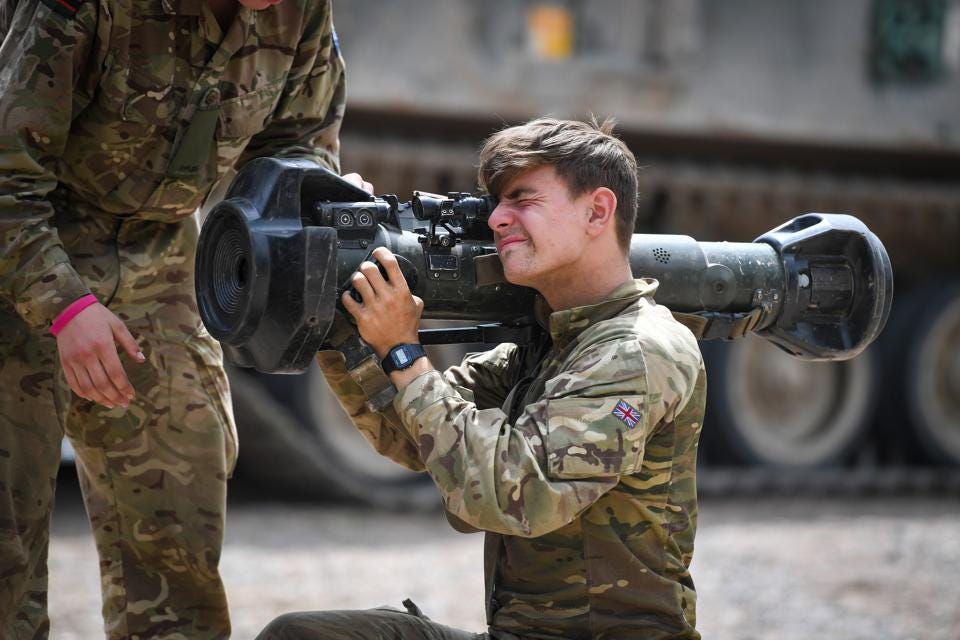The Russian invasion of Ukraine is advantageous for Europe’s defence industry, as there are calls for closer military programme coordination and more efficient weapon production.
Hundreds of defence and aerospace businessmen have gathered for the Farnborough International Airshow in an effort to profit from the conflict in Ukraine.
Members of the European Union are increasing their spending on defence programmes in order to strengthen Europe’s position as a coherent global military power and counter a newly aggressive Russia.
“In the past, people have said this in relation to budget cuts in the defence sector. Kajsa Ollongren, the Dutch minister of defence, remarked, “And now we’re saying it in terms of budget increases.
Stockpiles of weapons that have been depleted need to be replaced before new equipment is taken into consideration, coupled with raising the military’s pay.
Germany’s first significant acquisition following the announcement of the establishment of a €100 billion military modernization fund was the American-made F-35 fighter plane.
“I see an inherent risk that we focus too much on addressing short-term demands by mostly purchasing non-European off-the-shelf equipment,” said Michael Schoellhorn, chief executive of Airbus Defence and Space.
According to Schoellhorn, this would not only lead to “new dependence,” but also jeopardise Europe’s “long-term technological excellence.”
One of the most notable instances of how the conflict could benefit the European defence sector is the success of the Next Generation Light Anti-tank Weapon, which was developed by Sweden and assembled by the UK.
The combined defence spending of the bloc increased merely 20% between 1999 and 2021, compared to the US’s 66%.
Europe hurried to find several rocket launchers and artillery from national stockpiles to aid halt the Russian assault, revealing their overall lack of readiness.
